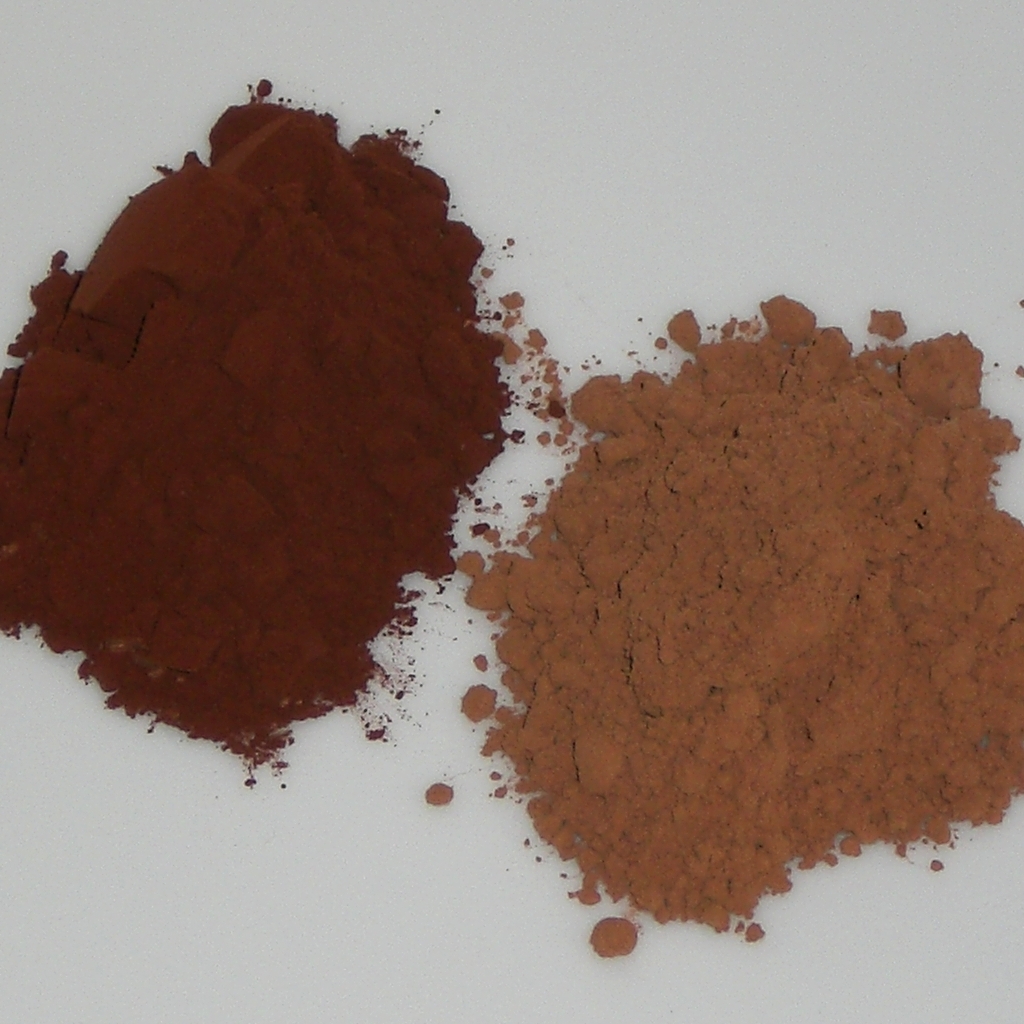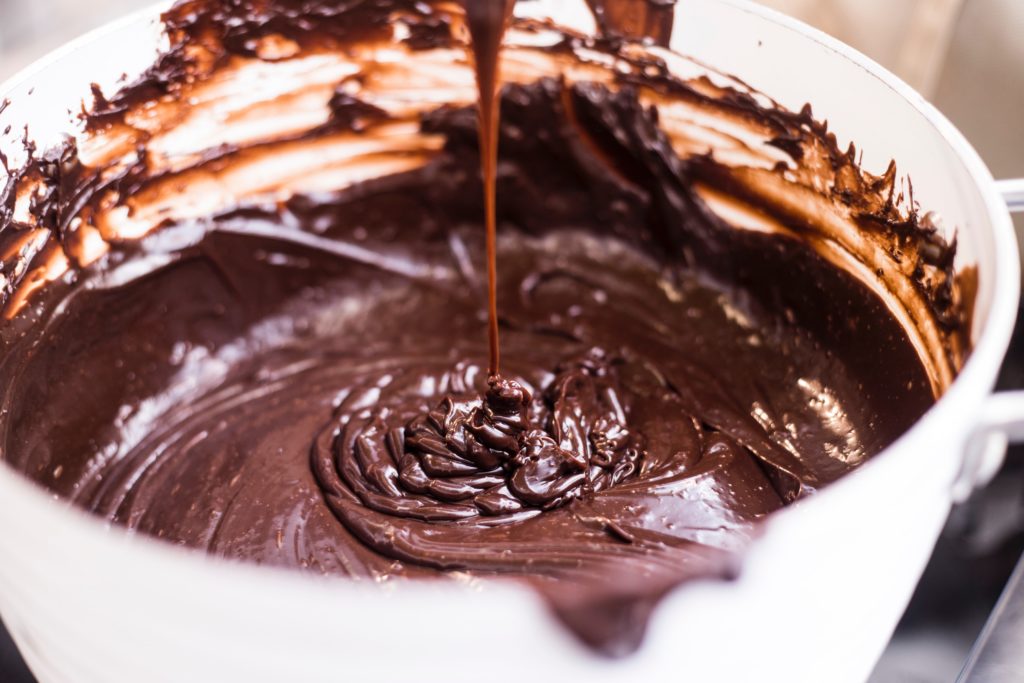What Is Dutch About Dutch Process Cocoa? Posted by Sten on Feb 18, 2021 in Culture, Dutch Language
We’ve discussed some “Dutch”-terms here before, such as the Dutch Oven, going Dutch, Dutch Comfort and more. Today, I want to focus on another term like that – Dutch Process Chocolate. I’ve never heard of it, so what is it, actually? And what makes the process Dutch?
What is Dutch Process, or Dutched Cocoa?
Dutch process, or Dutched cocoa is gealkaliseerde cacao (alkalised cocoa). In the US, such alkalised cocoa is known as European style or Dutched cocoa.
The process consists of washing the cocoa in a kaliumcarbonaatoplossing (potassium carbonate solution), which neutralises the zuur (acidity) in the cocoa to a pH of 7. Apart from the smaak (taste), which becomes zachter (smoother) and intenser (more intense), this affects the kleur (color). While naturally, the kleur of cacao can vary from lichtbruin (light brown) to roodbruin (red brown), Dutched cacao is always donkerbruin (dark brown).
In fact, I never even knew there was a difference. For me, cacao always had this donkerbruine kleur. In the Netherlands, this is simply cacao.
Nice to know what this process is – but what about it is Dutch?
The Dutch Story
The Dutch part of this story is that the process was invented in the Netherlands. So actually a “Dutch”-term that really has a Dutch origin!
It was Coenraad van Houten who started with this alkalisering (alkalisation) in 1828. His son further developed and perfected the process.
There is also a stronger process where the pH is brought to 8, making the cacao more bitter (bitter). This is the kind of cacao used in pure chocolade (dark chocolate) and Oreos.
Thanks to the “Dutching” of cacao, it became more palatable to more people, and it helped bring chocolate to the masses!
So the next time you take a bite off your favorite reep (bar), it may not have tasted so good without the Dutch!
Some Baking Advice
The removal of the acidity from the cacao means that it won’t react with baksoda (baking soda). This is why bakpoeder (baking powder), which has a neutral pH, is used more frequently in the Netherlands.
If a recipe calls for use of baksoda and cacaopoeder (cocoa powder), it may be better to use raw cacaopoeder. If the kleur is light, you can be sure that you have the right stuff!
Do you prefer Dutch process cocoa over other kinds? Did you know about this difference? I want to know, so please tell me in the comments below!

Build vocabulary, practice pronunciation, and more with Transparent Language Online. Available anytime, anywhere, on any device.







Comments:
Donna J Williams:
I was vaguely aware of the difference in processing after living for ten in Neck (Wijdewormer)on a houseboat that was downwind from the plant that roasted the cocoa nuts. I woke up most mornings craving a cup of hot cocoa. Now that I have returned to the States, it is one of the things that I truly miss about my life in Holland.
I love this website because I am also a Nederlandse burger as well as an American cheeseburger and it re-inforces my knowledge of the Nederlandse taal.
Sten:
@Donna J Williams That sounds like an amazing thing to wake up to!
Thanks for your readership!!!